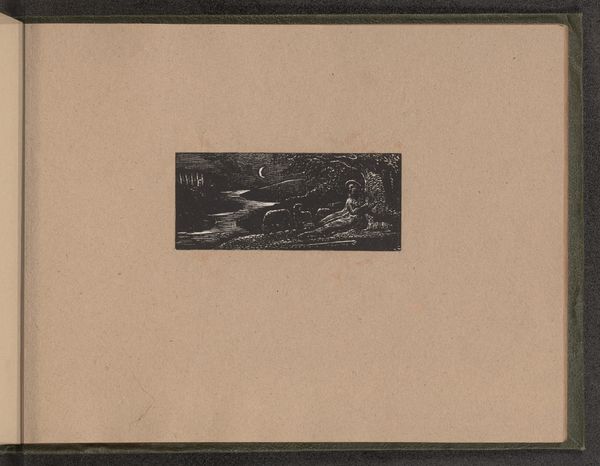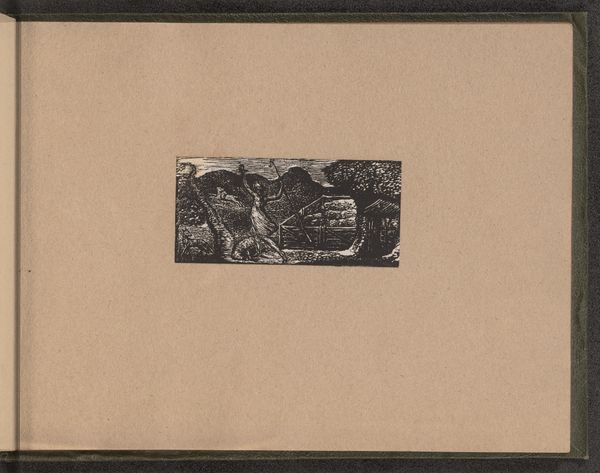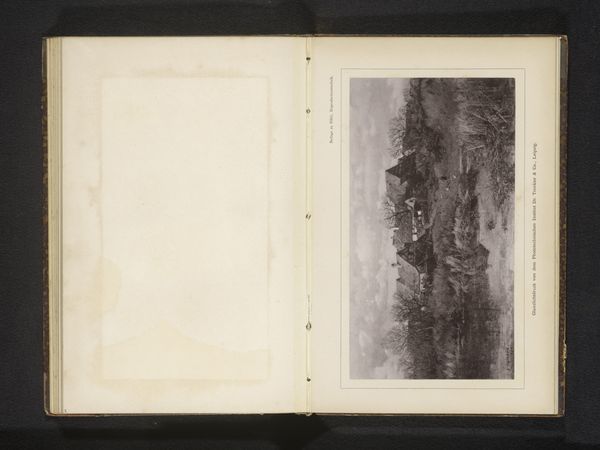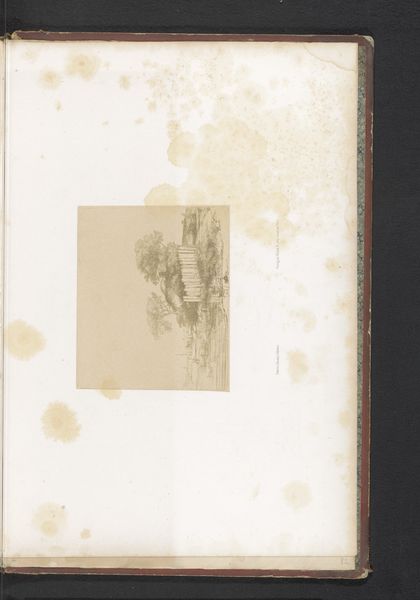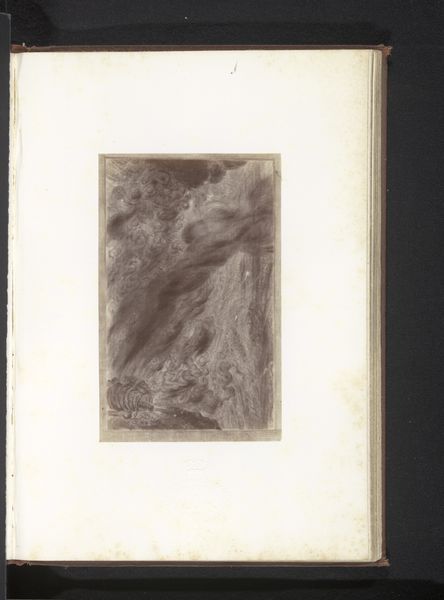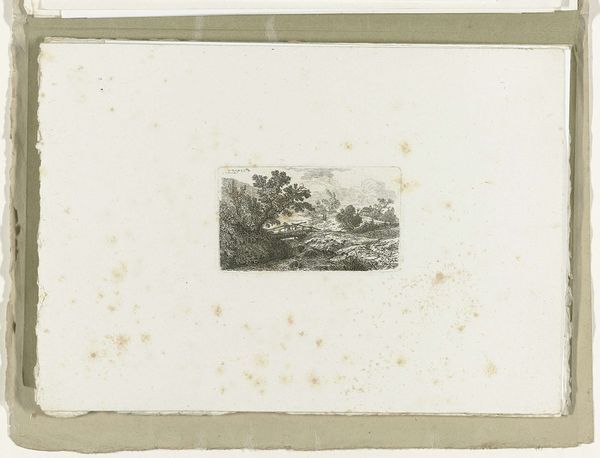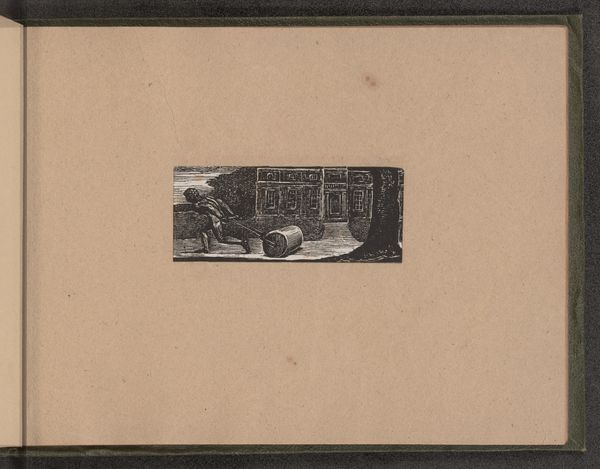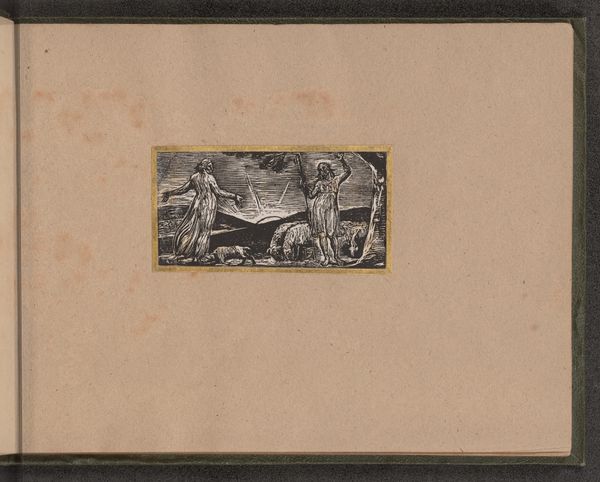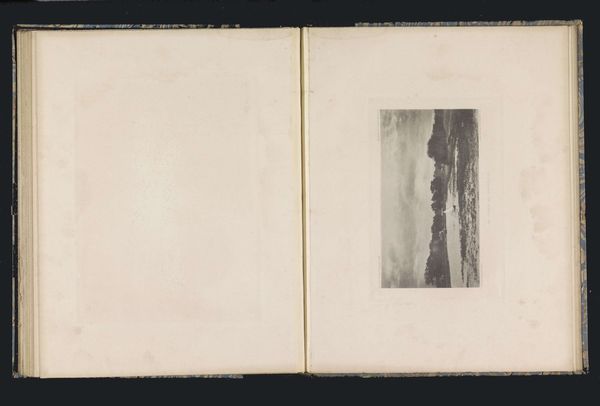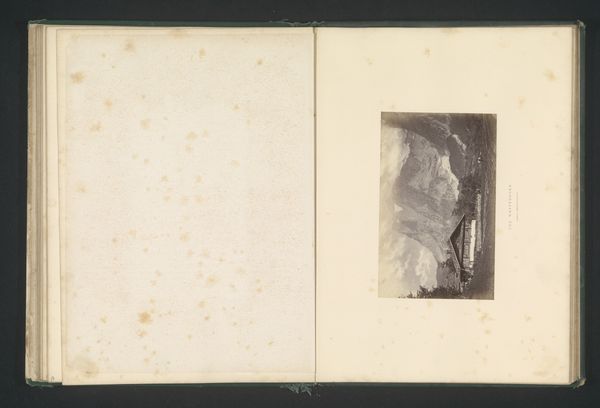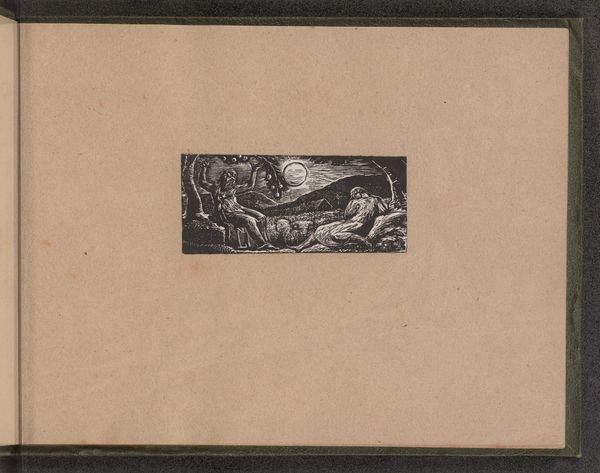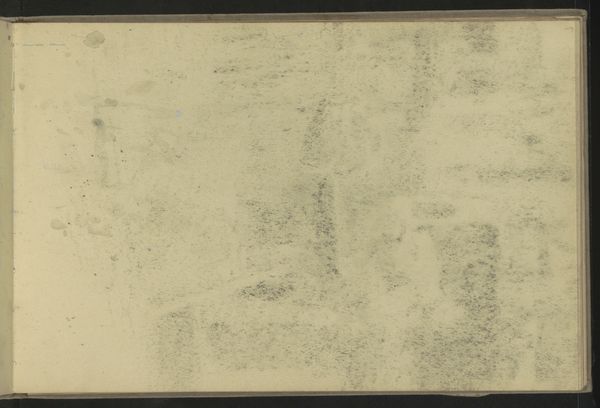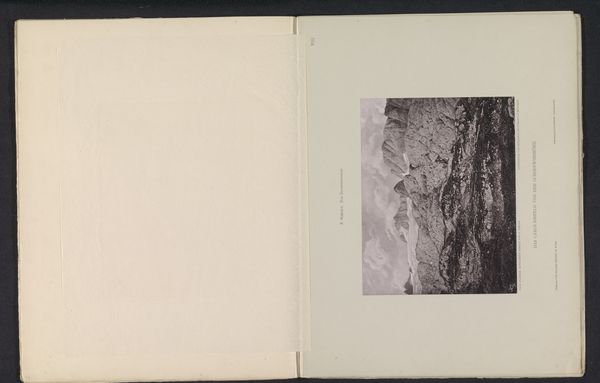
drawing, print, woodcut
#
drawing
#
aged paper
#
toned paper
#
homemade paper
#
pale palette
#
ink paper printed
# print
#
sketch book
#
landscape
#
paper texture
#
personal sketchbook
#
romanticism
#
woodcut
#
line
#
sketchbook art
Copyright: National Gallery of Art: CC0 1.0
Editor: This is “Blasted Tree and Flattened Crops,” a woodcut from 1821 by William Blake. The texture really jumps out – you can almost feel the aged paper and the sharp lines of the print. It's so small, almost like a hidden fragment. What can you tell me about it? Curator: Well, let's think about Blake's material practice. He wasn’t just making art; he was experimenting with printmaking techniques to control his own means of production. What does this homemade paper, this small, stark woodcut, suggest about artistic labour and its accessibility at the time? Editor: It seems very intentional. Was he responding to something specific in the art world? Curator: Absolutely. Think about the established Royal Academy. Blake was consciously rejecting their polished, high art ideals by embracing a more direct, hands-on process. The very act of creating this print, using relatively inexpensive materials like wood and paper, was a statement against the elite art establishment. It speaks to a different kind of artistry rooted in craft and independent production. Editor: So, the roughness is a deliberate choice, not a lack of skill? Curator: Precisely! It's a material manifestation of his artistic rebellion. Look closely at the "flattened crops." The labor involved in tilling the land connects the artwork to broader economic and social issues, too, not just aesthetics. How does that shift our understanding of the piece? Editor: That makes me see it differently. It’s not just a landscape; it's a commentary on class and artistic freedom! Curator: Indeed! By focusing on the materials and production process, we uncover the social and political dimensions of Blake's work, seeing it as more than just a Romantic landscape. Editor: Thanks! Considering the context changes the impact the artwork has on me completely! Curator: Right? Recognizing that this art isn’t divorced from materiality can give us insight on labor practices or society as a whole.
Comments
No comments
Be the first to comment and join the conversation on the ultimate creative platform.
